
What’s in the Bag? Yellowstone Winter & Wolf Photography
Being one of America’s greatest National Parks and natural treasures, Yellowstone is an iconic destination for both wildlife and landscape photography. In addition, it being firmly in the temperate forests of North America, it has beautifully distinct seasons. While you can go to Yellowstone National Park in any season, there is something truly special about it in the winter. Not least of which is the decent chances of spotting wolves, as they stand out markedly on the stark white, snowy landscape. If you’re headed to Yellowstone on a Winter Photo Safari, be sure to bring your best gear and a keen eye, as the photo opportunities abound!
Please note, photographic styles vary, as do conditions on the ground. While this is meant to be a guide for choosing your camera gear, you should consider your own photographic interests first and foremost.
Ultra-wide Angle vs. Wide Angle?
Generally speaking, folks that have an ultra-wide angle lens opt to bring it with them anytime they’re embarking on a big photographic trip. However, if you’re on the fence about whether you need one for winter in Yellowstone (whether you have one or are planning on buying or renting one), I must say that it’s a nice thing to have, and small to pack and carry. However, it’s not as absolutely critical as it may be with, say, a Northern Lights Photo trip, where so much of what you’re shooting is the expansive sky.
With Yellowstone (and the Grand Tetons, of you’re headed there, too) the landscapes are big, and the mountains are towering. One thing that I really like about ultra-wides is the fact that you can get the whole scene in, no matter how deep in the valley or how close you are to the surrounding peaks. In addition, winter in Yellowstone requires some unique transportation, so documenting that in unique ways really lends itself to an ultra-wide angle lens. It’s just a really fun perspective to take on things that may be otherwise somewhat less remarkable.

When it comes to what kind of ultra wide or normal wide angle, my choice is really between a 17-40mm or 24-105mm on a full frame, or between a 10-22mm and an 18-55mm on a crop frame. While both will work just fine with minimal limitations, I do personally choose to bring both given the range of options in Yellowstone with regards to general travel photos and sensational landscapes.
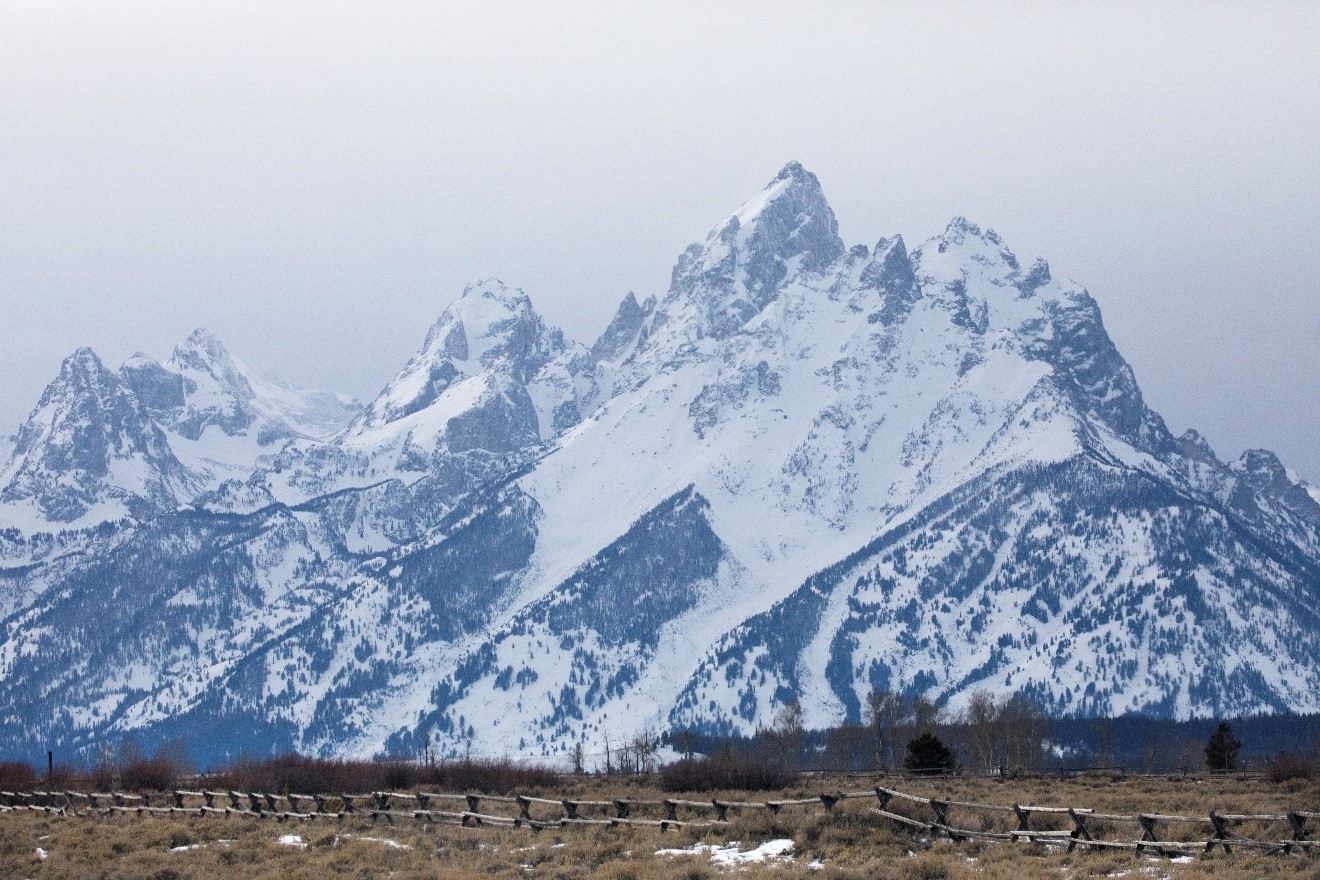
Zoom Telephoto
When it comes to wildlife photography, you almost never can have enough zoom. Wildlife photography in Yellowstone is no exception and thus you may want to think BIG when it comes to telephoto lenses on this trip. While normally a 70-200mm might be your mid-range go-to, that’s a bit under-weighted for tYellowstone. And plus, when wildlife is close, as is often the case with bison, pronghorn, and elk, you can really fill the frame with the animal if you have a bigger lens.
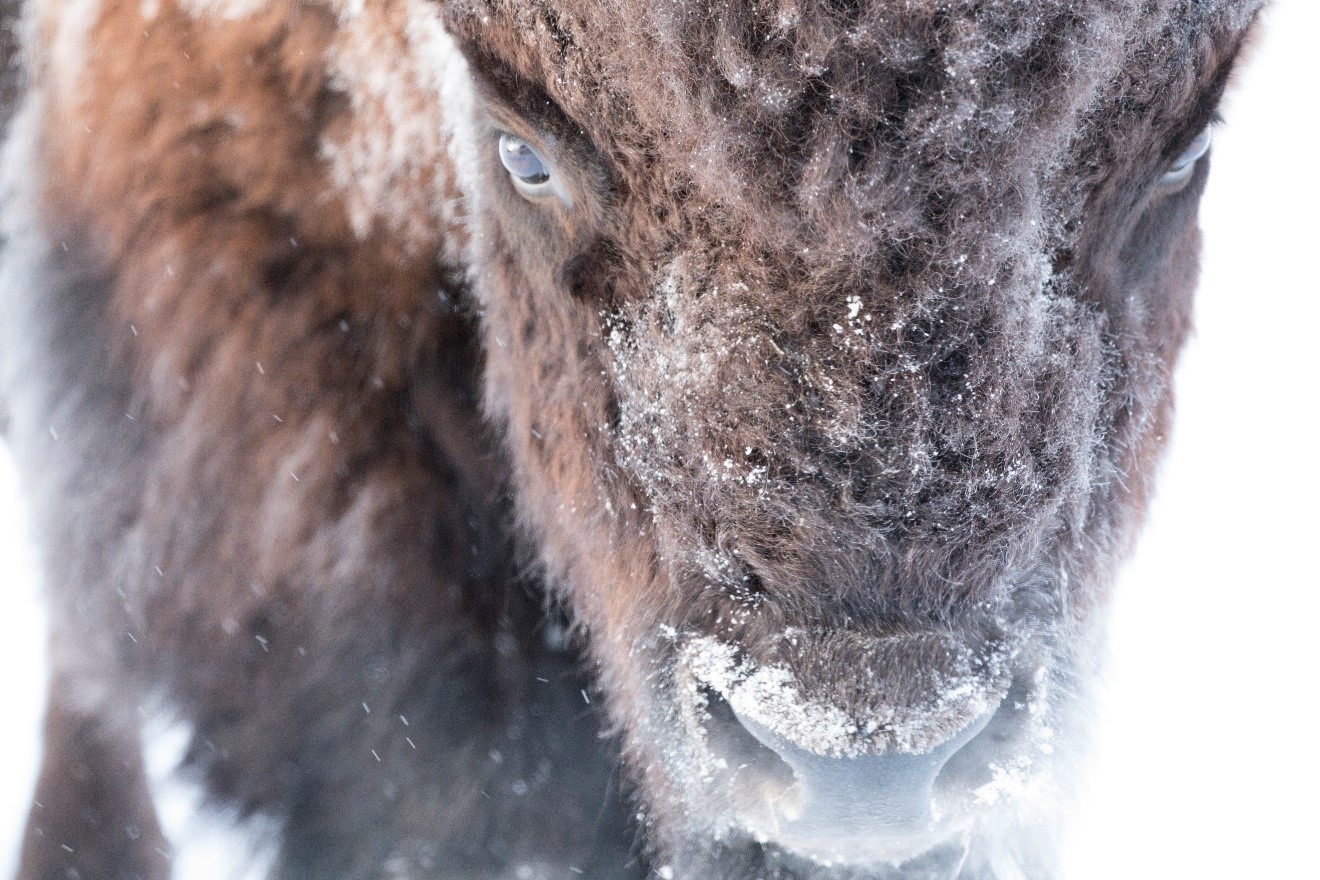
When I say “bigger lenses”, I’m not necessarily saying that you must have a 500mm or else you’re going to come away with squat. Simply not true. In fact, a solid 100-400mm or 200-400mm is going to work great, and if you have nothing bigger, you’ll still be perfectly fine and get some truly show-stopping photos. However, for the bigger lenses, we’ll continue that in the below section.
What’s equally important to the extent of your telephotos is the zoom range capabilities. That is, the ability to shoot at 100mm one second and at 400mm another and not be “stuck” with a prime lens. With big landscapes, I often use telephotos for landscape shots and take advantage of zoom compression. Thus, flexibility is key.

Super Telephotos
Because Yellowstone, and especially the Lamar Valley, can be quite open, the chances of seeing wild wolves is actually pretty darn good. Mix that with the fact that the ground is mostly white with snow, and the darker-coloration of wolves can be spotted from up to a half mile away. However, because of this luxury in spotting at a distance, some of your photos will indeed be at a distance. Frankly, I feel that a wolf pack bounding through the snow at quite a distance is how wolves are meant to be seen and photographed.
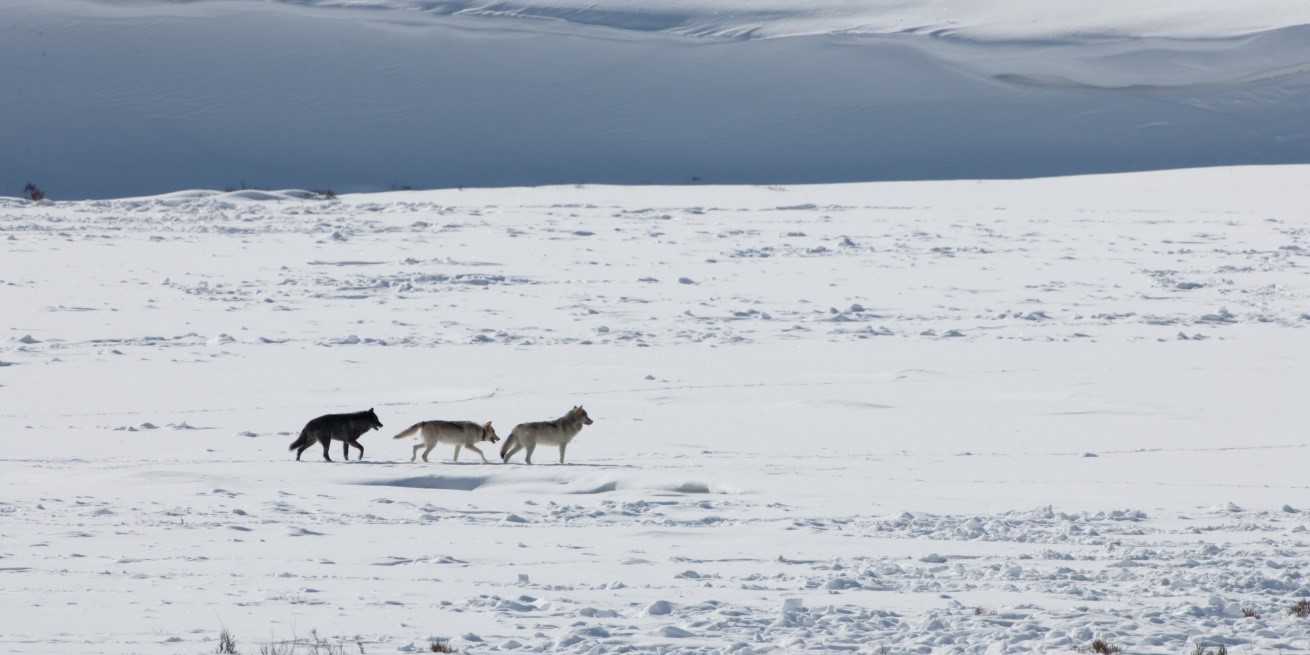
The idea of a filling-the-frame photo of a wolf seems almost as if they’re not in their natural habitat. Thus, I do recommend getting comfy with the idea that wolves are generally seen at a distance. And the reason I’m saying all this is that it may not really matter whether you have a 500mm vs. a 400mm, or a 600mm vs. a 500mm, as the shot will still be more of an experiential landscape shot 8 out of 10 times. Don’t get too caught up in these “small” differences.
Now, that being said, if you do have one of the remarkable 600mm f/4 lenses out there, along with a 1.4x or 2x teleconverters, you could fare quite well being able to get to 1000mm or over (not just with wolves, but coyotes, pronghorn, bison, pine martins, etc.). But, this is an expensive and very big setup, and may still not be enough zoom when it comes to wolves specifically. Thus, sticking with a reliable lens equipped for all wildlife photography in Yellowstone is my #1 recommendation.
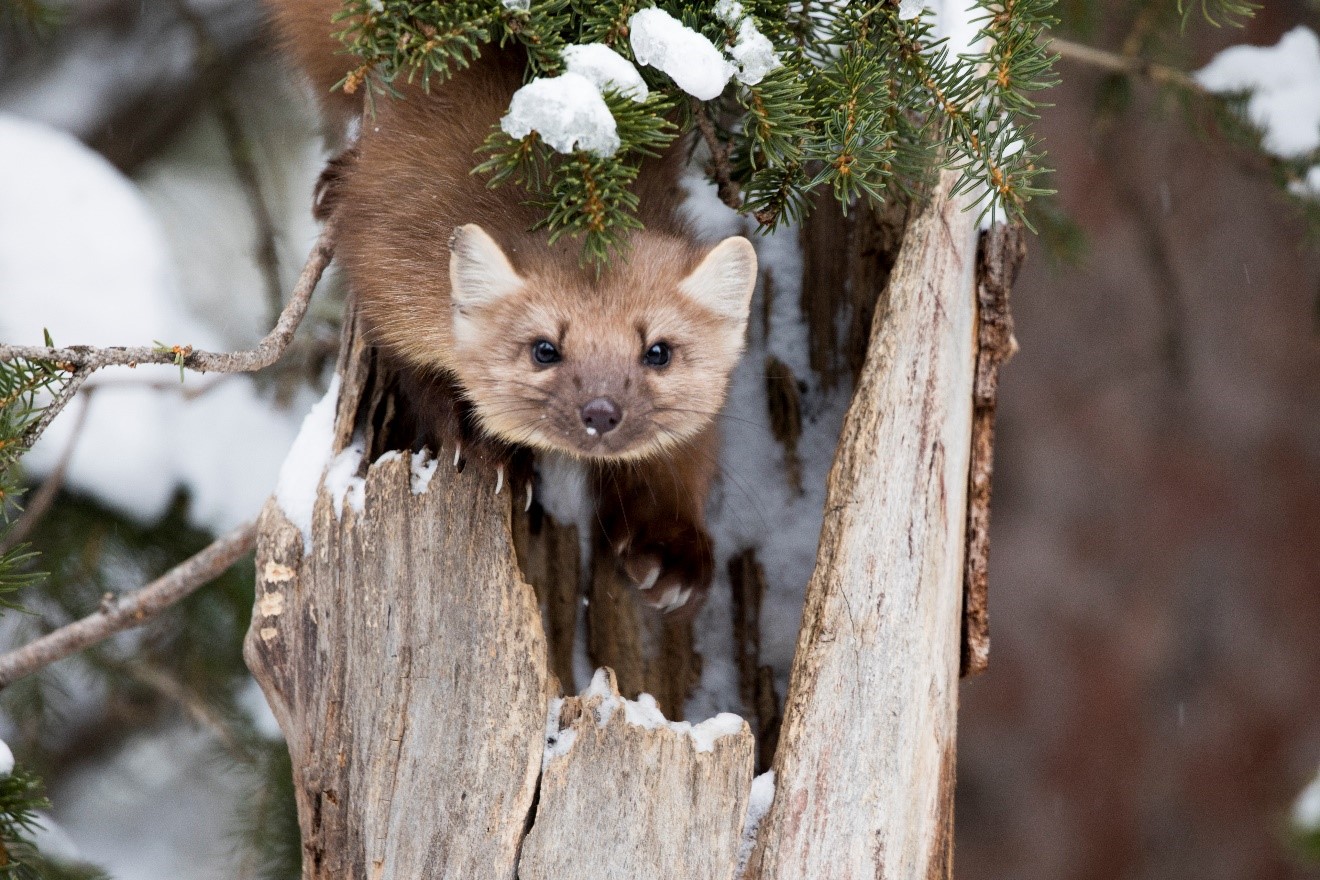
X-Factor Lens
If you’ve read other “What’s in the Camera Bag” articles, you’ll know that I often suggest an “x-factor” lens for each destination. Generally these are things like macro lenses, nifty-fifty lenses (50mm f/1.4), or other lenses that you may only use a handful of time, but can have profound impacts on your trip portfolio. For Yellowstone Winter and Wolf Photo trips, the X-factor is not so much a specific lens, but rather the variety of photo opportunities you’ll have. What I mean by that is that you’ll likely be surprised about how many outside-the-box photo opportunities there are, like photographing the “snow mobile parking lot” in Cooke City or a cute little diner at night below a mountain peak.
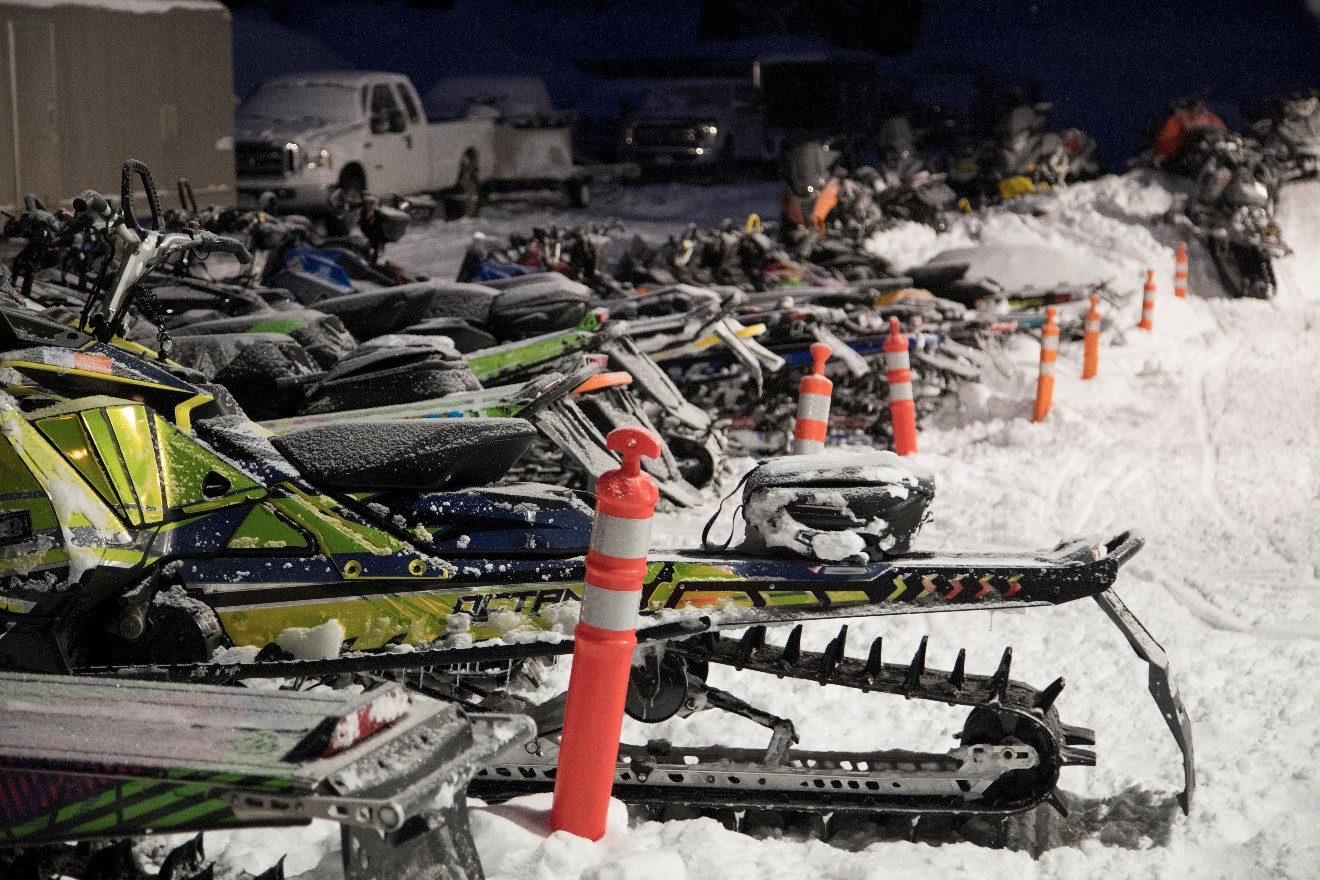
The point is that you can really increase the number of photo opportunities not just by joining a specialized photo trip of Yellowstone, but also by having more tools in your kit to take more creative photos. While a macro lens might not be totally appropriate for a winter trip, do consider things like lenses with shallow depths of field (f/2.8 and below), extremely wide angle views (fish eyes, ultra wides), or something else that you have in your bag of tricks.
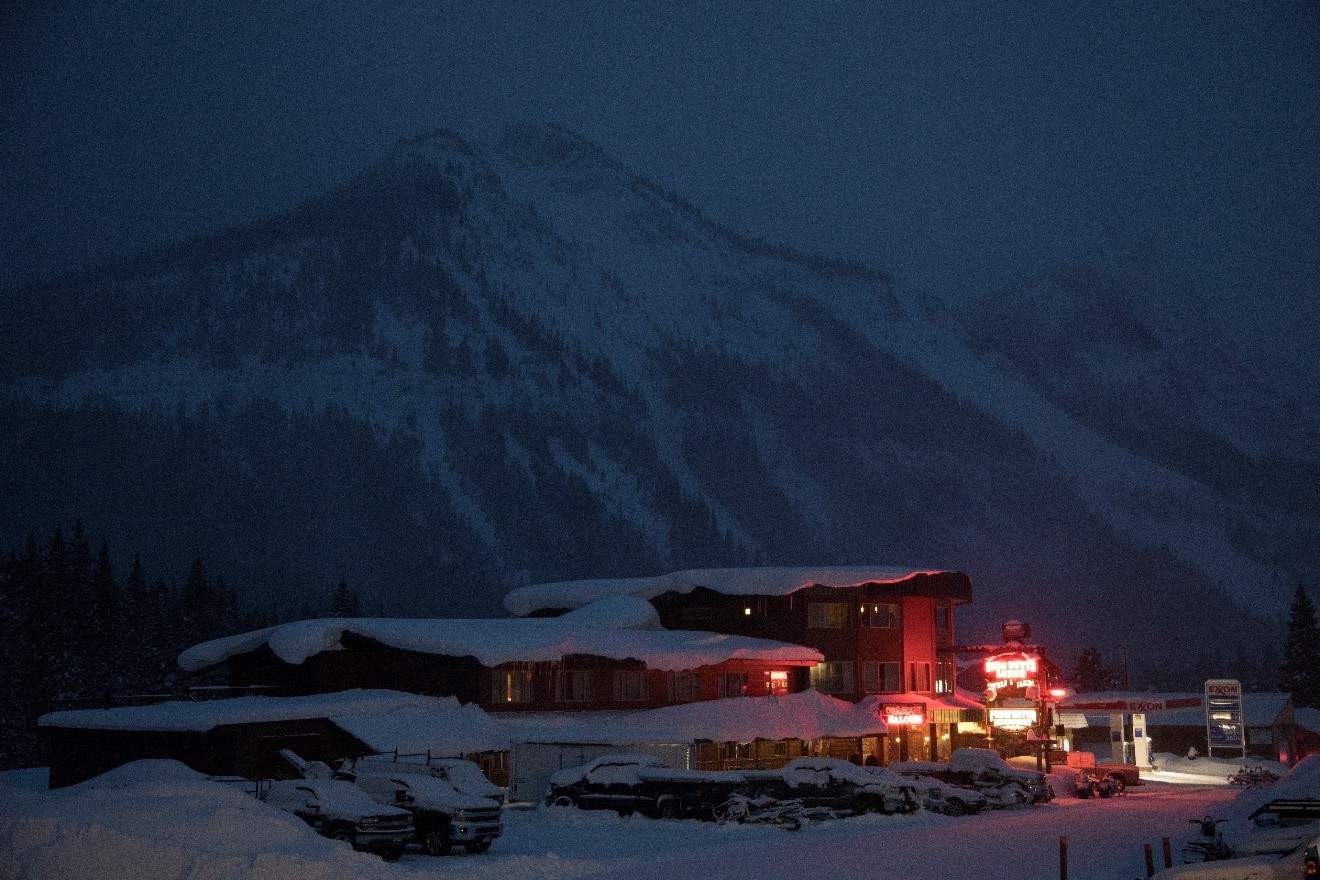
Batteries and other Accessories
During winter, Yellowstone National Park can get quite cold, which doesn’t do any service to preserving battery life. This is especially true with newer mirrorless camera systems, but DSLRs aren’t invulnerable. Thus, plan on bringing at least 2 extra batteries each day so that you can keep your camera at the ready at all times.
Extra camera body
If you have a second body already, it would indeed be a good idea to have a second body, but it’s not a deal-breaker. I do just fine with only one body, but that’s also because I stick with the very versatile 100-400mm lens on my camera. If you have a prime lens (e.g., 300mm f/2.8 or 600 f/4, etc.) that cannot zoom, you may really enjoy having a second body with a more multi-purpose lens on it. Photo opportunities can come up quickly and disappear within moments, so it’s indeed key to be at the ready.
If you don’t have a second body, don’t let this intimidate you, and you’ll be just fine with one. Just be sure to be a little more mindful of how versatile your “go to” lenses are.
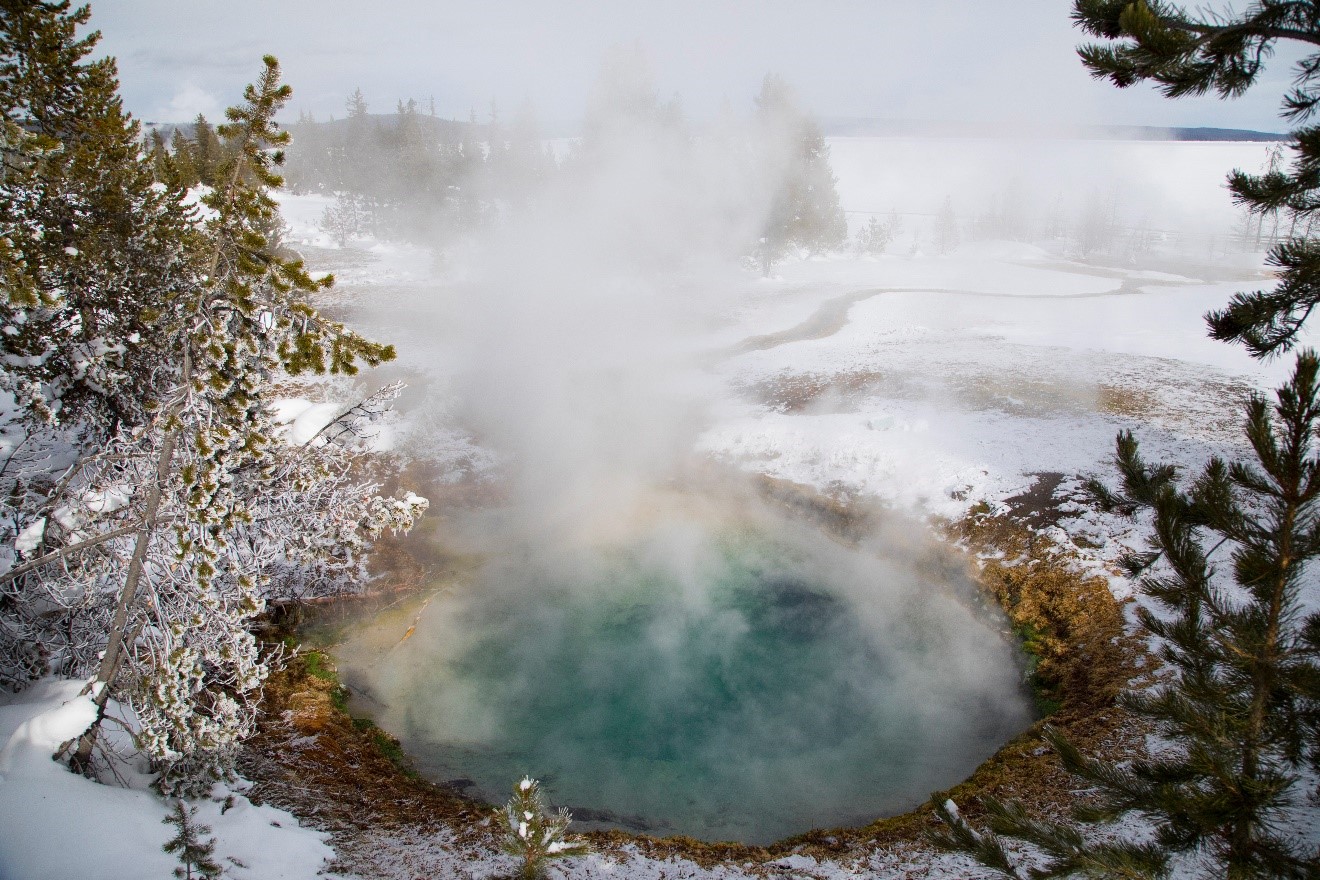
Tripods and Stabilization
If you know me, you’ll know that I prefer to go hand-held as much as possible, for it often gives you the flexibility needed for capturing more photos, and potentially those split second opportunities that a tripod-mounted camera just wouldn’t allow for. However, if you are carrying really big lenses, like a 500mm or 600mm and 2x extender, you’ll definitely need something to brace your camera on because a) it’s heavy and b) you’ll need the stability so that you can focus your shot. Depending on exactly how big of lens, you may be just fine with a monopod, which offers quite a bit more flexibility at the expense of stabilization. If you need ultimate stability, a full tripod is going to be key, especially if you need to be tack sharp on subjects some distance away.
If you yourself have any other thoughts or questions for what would be in your camera bag, please do leave us a comment below!
Cheers,

Court
2 Comments

Mac Mirabile
December 2, 2018 at 4:28 pm

Court Whelan, Ph.D.
February 3, 2019 at 1:53 pm
Fantastic photos, Court. I was on this trip a couple of years ago and it was one of the best experiences of my life. Such amazing photo opportunities!
Thanks, Mac! Great to hear of your amazing experiences!!